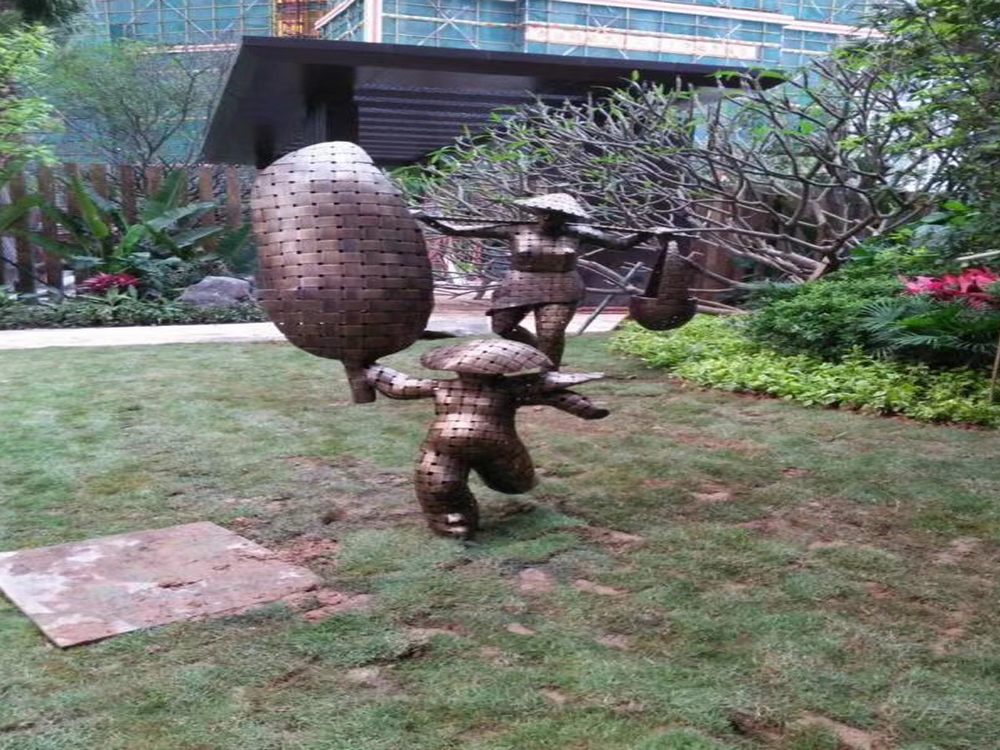
Bronze sculptures have long captivated audiences with their ability to merge lifelike detail with imaginative abstraction. Artists achieve this delicate balance through a combination of technical skill and creative vision, transforming rigid metal into dynamic works of art.
The process begins with a deep understanding of human anatomy or natural forms, allowing sculptors to infuse realism into their pieces. Techniques like lost-wax casting enable precise detailing, from facial expressions to muscle tension. Yet, abstraction emerges through deliberate distortions—elongated limbs, simplified features, or exaggerated textures—that evoke emotion rather than literal representation.
Many artists use negative space strategically, carving voids that suggest movement or depth. The interplay of light and shadow on bronze’s reflective surface further blurs the line between reality and interpretation. Contemporary sculptors often incorporate symbolic elements, like fragmented bodies or geometric patterns, to convey abstract concepts while maintaining tactile authenticity.
Ultimately, the magic lies in the artist’s ability to let the material "speak." Bronze’s malleability allows for both sharp precision and fluid, organic shapes, creating a dialogue between tangible form and intangible meaning. This duality ensures each sculpture resonates differently with viewers, inviting personal interpretation without sacrificing craftsmanship.

